Dayton Audio B652-AIR Bookshelf Speaker
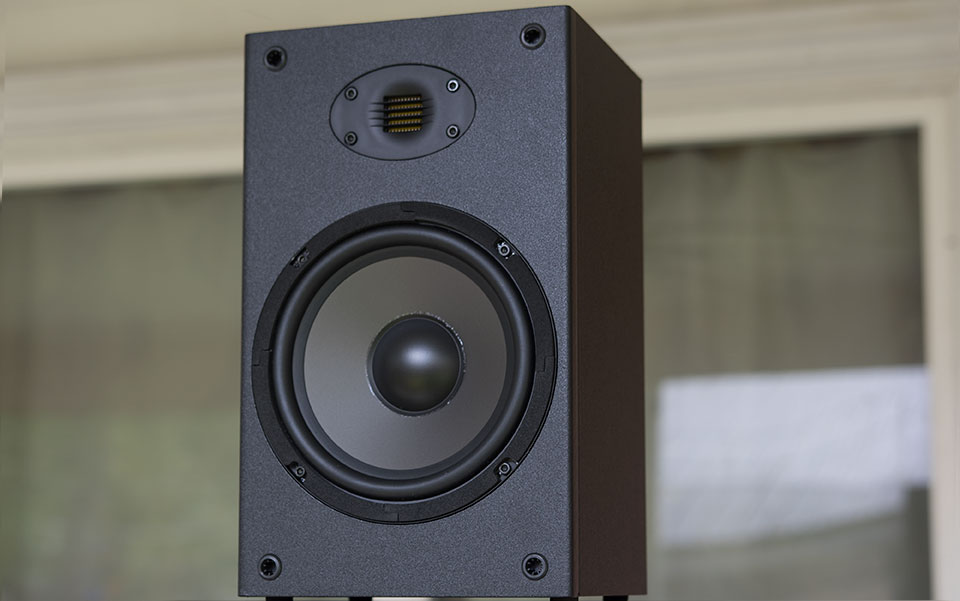
B652's with a fancy air motion transformer(AMT) tweeter, I had to jump on board and buy a pair to see what form of insanity this really is.
Components
Tweeter
This is the reason we are here, introducing the worlds tiniest little AMT.
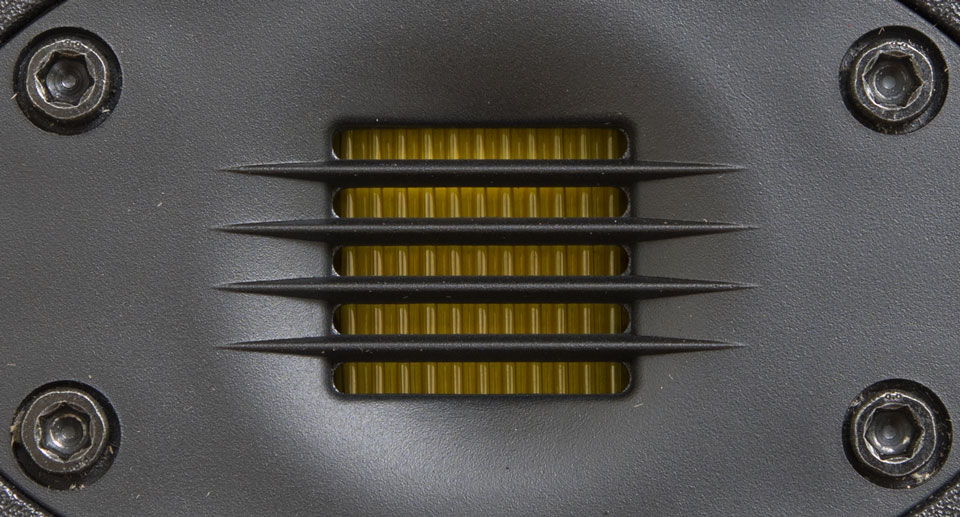
AMT's are pleated planar speakers, think of it as a speaker that is folded like an accordion and pushes sound waves out in a square pattern instead of the sphere like a dome. There is lots of other details to go into explaining all of the great things about AMT's but really all you need to know is they generally sound pretty good and can scale up to size where they can crossover lower than most other tweeters. This AMT being one of the smallest I've ever seen will not play very low. This should not be a problem as the plastic tweeter on the B652 runs of out steam around 4500Hz, so it's not a tough target to hit.
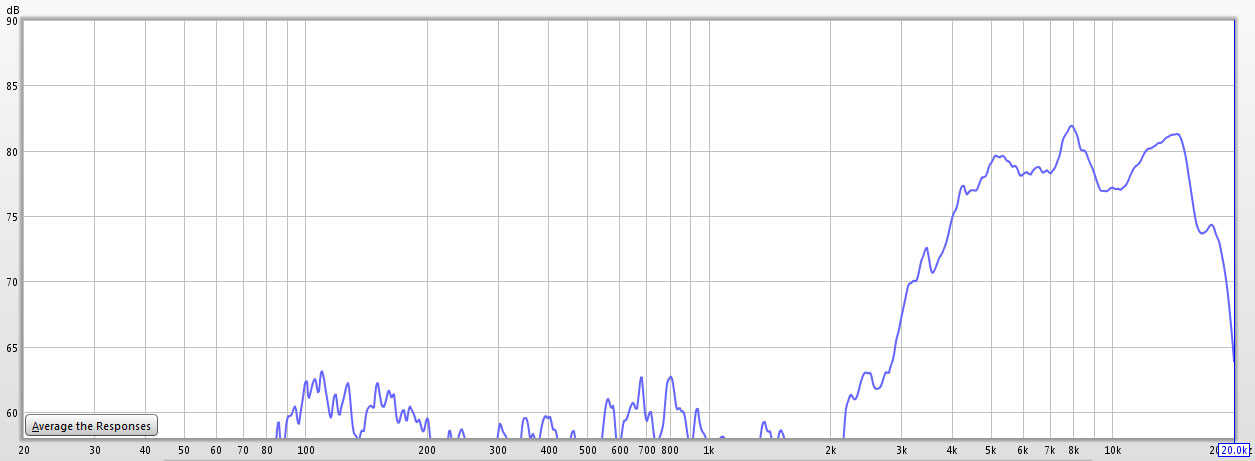
This is a close mic of the tweeter, the response at this range is not indicative of much, but we can see the crossover slope. Looks like it crosses somewhere around 4.5k using a cap and a wire wound resister that are glued to the terminal cup.
Woofer
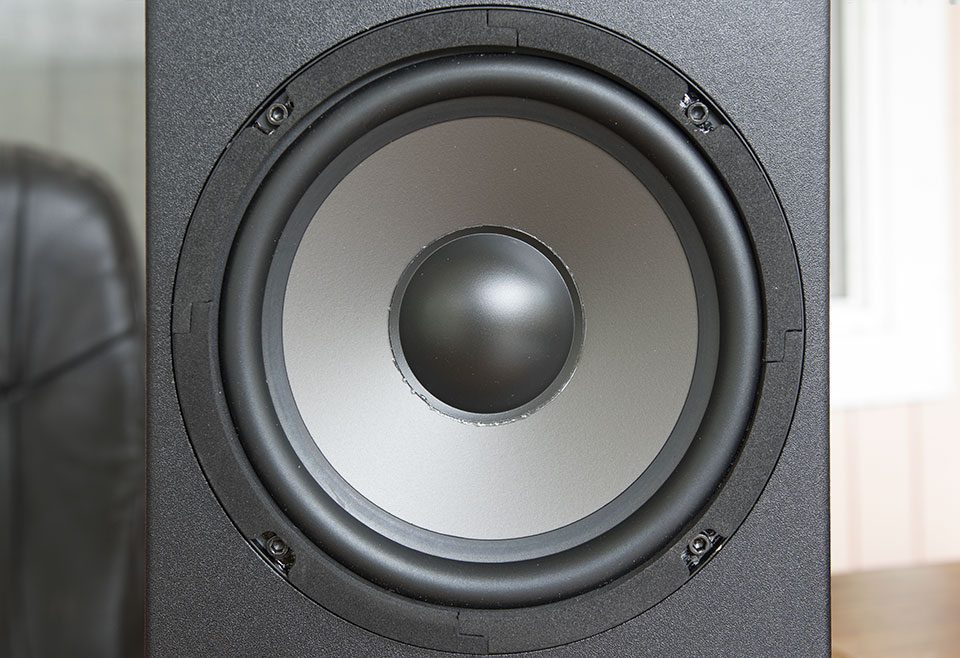
This is a 6.5 inch poly woofer and is the same part in the regular B652. These seem to my ear to lack bass compared to how I remember them sounding, but I may just be used to the JBL LSR308's I've been reviewing which are a little boomy. At any rate they seem to do the job.
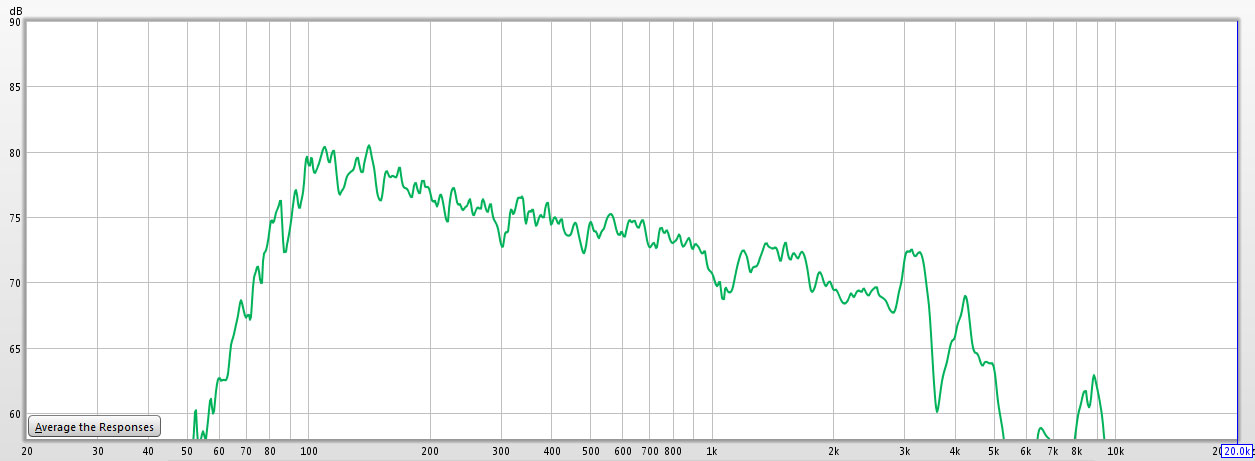
This close mic measurement will have a natural rise toward the FS of the driver(110Hz) as an artifact of the measurement technique. While this shows a pretty well behaved driver, there is a 3dB spike out at 3150Hz as the driver enters break up. Bass sounds pretty good, if a little weak on actual bass for its size. The lack of baffle step compensation makes the lower midrange weak as well.
Crossover
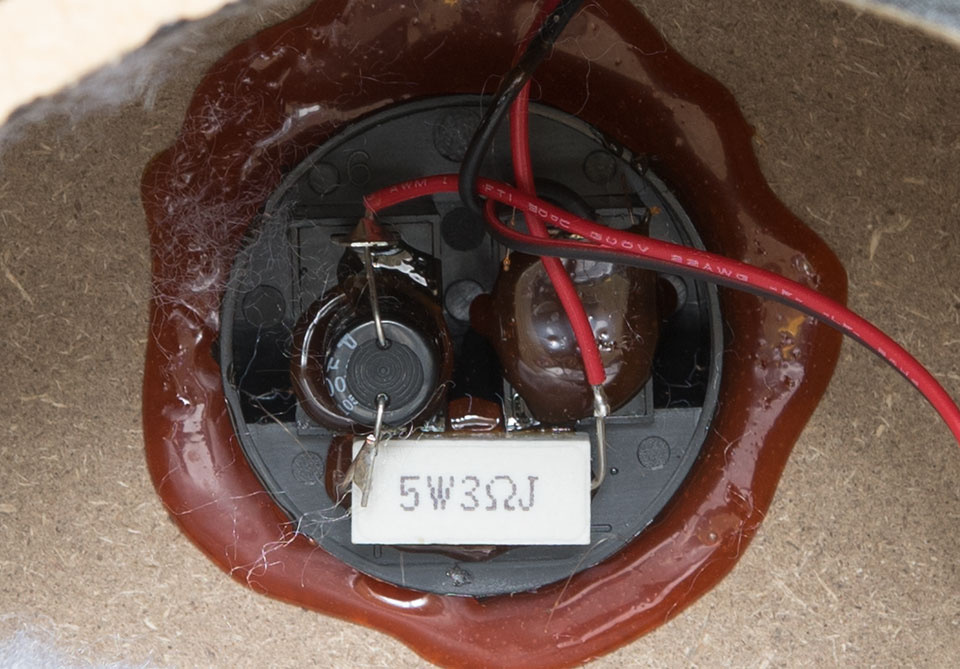
This is what quality looks like, this has a resistor to go along with the cap that is normally found on the regular B652.
Listening impressions
These sound a little bright at the top, a little weak in the bass, and like there is a hole in the treble. The nasty sound from the tweeter on the B652's has been replaced with something that does not offend, but it's also bright and shiny in the top octaves. It's almost like they wanted to make sure you could hear that AMT, and let it play a little louder than it should. I guess this speaker is alright. It sounds much better than the B652, and that's the idea.
Measurements
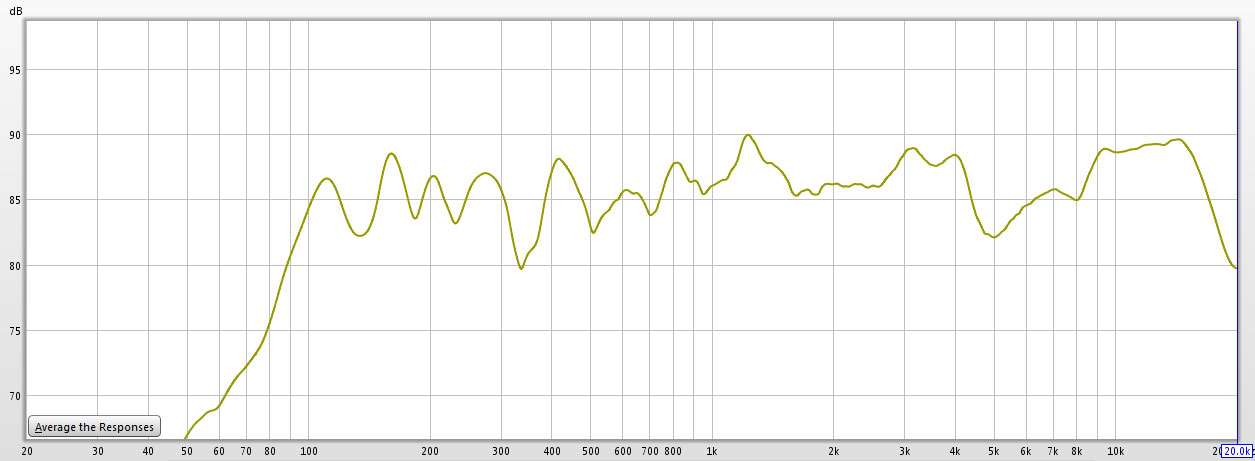
Yep, looks like it sounds.

Based on my previous experience with the B652 I wanted to know what happened to the woofer break up thing I was hearing so I did some work. I took a few dozen measurements on and off axis and it showed up clear as day once I got the windowing down to avoid any reflections. What we have is similar to the problem with the Zu Audio speakers I reviewed, it's that first order crossover showing it's ass via comb filtering. With the dome tweeter it was making peaks and nulls, with the AMT it's just a 10-20db null wandering around in the 4-5k range. Depending on how far your face is from the speaker.
Basically at the crossover point the woofer and tweeter are in phase playing the same frequencies. Because the crossover is first order it makes an audible trench in the treble as you move your head around and different parts of the music disappear and reappear. This is not a good thing.
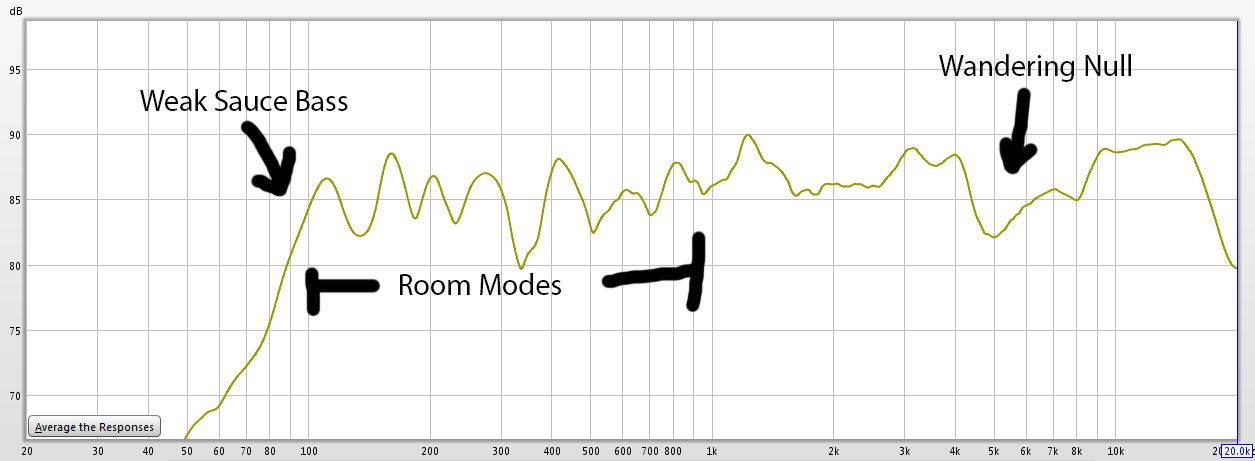
Here is a highly detailed mark up of the response of the speaker.
Uncorrected Verdict
These speakers are pretty good, I could deal with the problems they have if I was far enough away from them. The tweeter unit is actually pretty impressive for the price even with it being a little hot. Not having a wandering peak in the treble and just a null instead is a massive improvement.
DSP corrections
Traditional DSP corrections for these speakers are not possible. The response is a moving target and I can't do anything to fix that with EQ.
DIY Hack n' slash inversion magic
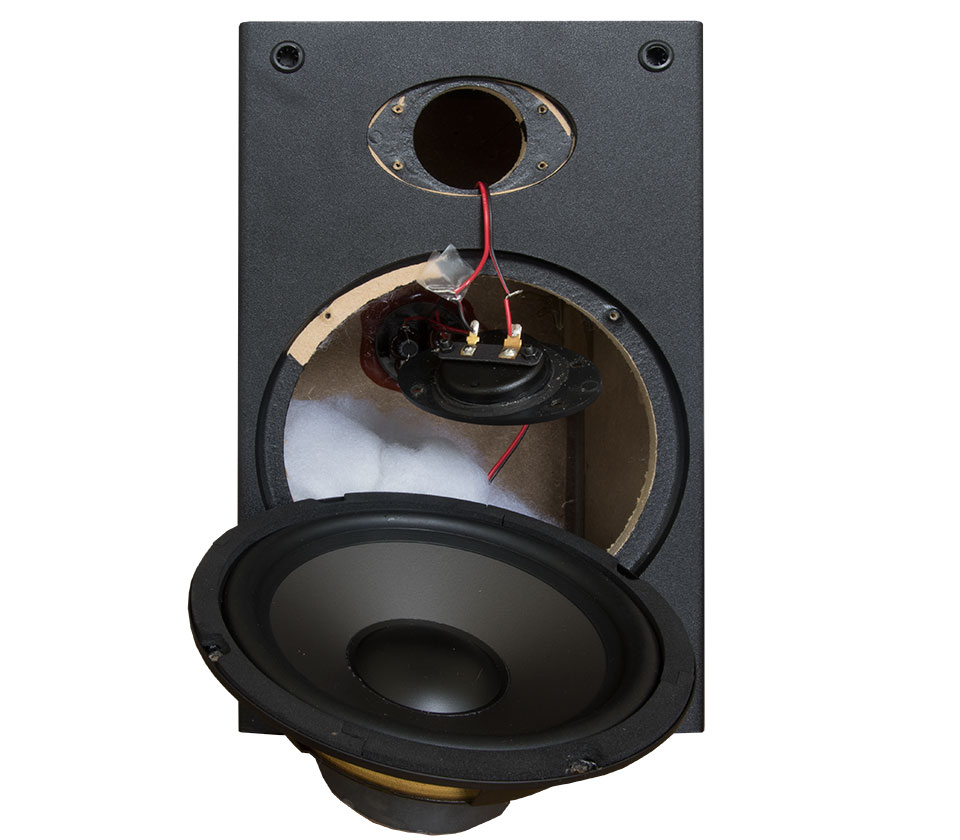
What's better than comb filtering in the treble, how about an out of phase tweeter? The easiest fix for a null is to reverse the phase on one of the drivers, as the tweeter is only covering the top two octaves we should be ok with flipping the phase on it. One thing to note is crossover designs flip phase all the time whether it be for time alignment or just inherent in the crossover itself(2nd order filters). This is not some rule breaking earth shattering wrong doing. So I pulled the tweeter out and cut and inverted and taped the wires using scotch tape to insulate the wires as a temporary setup to test the idea.
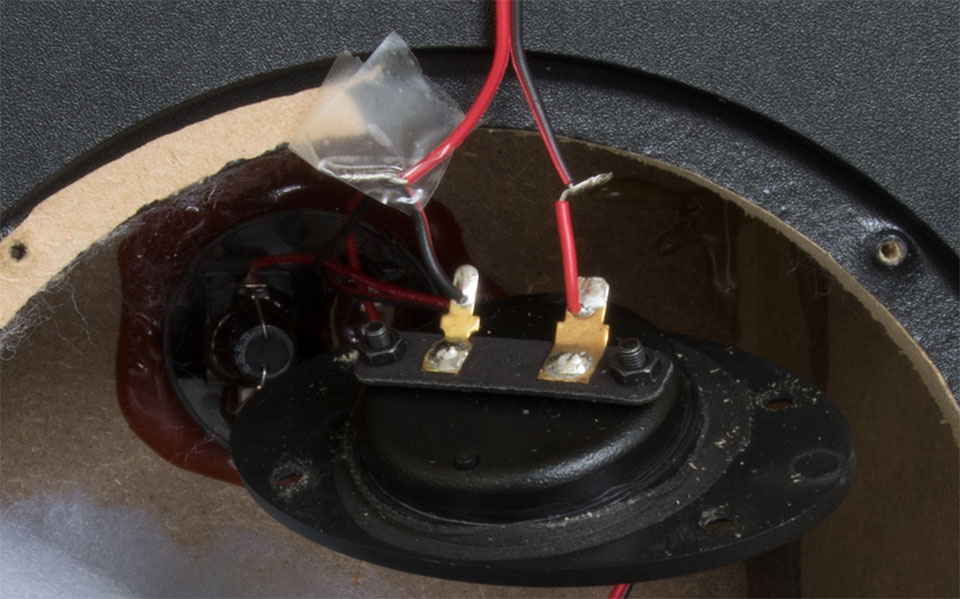
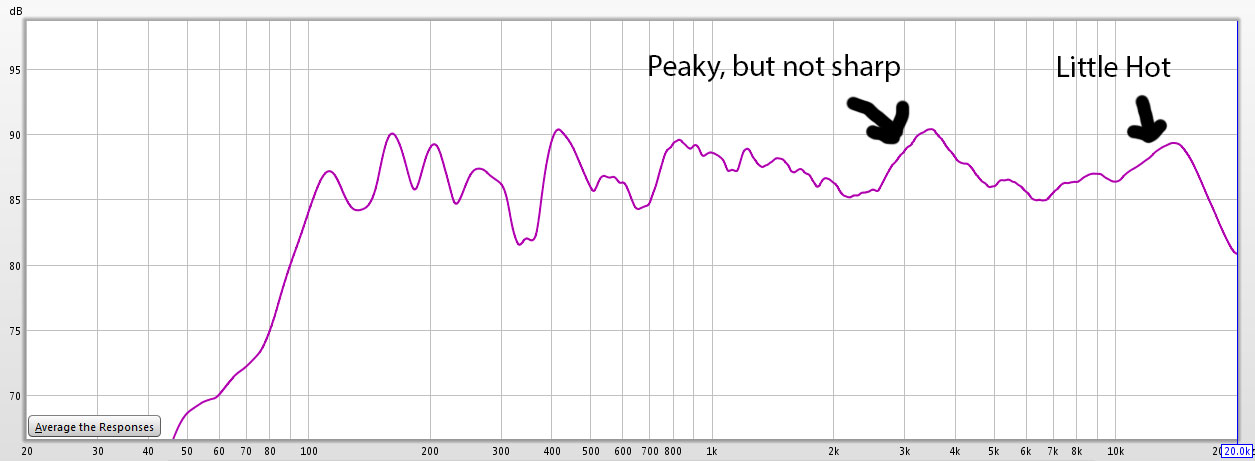
This is what it looks like with the tweeter inverted. It's not too bad, basically took the null zone and flipped it. This response is uniform no matter how I measure it, and no combing means it's DSP correction time.
Inversion magic DSP correction
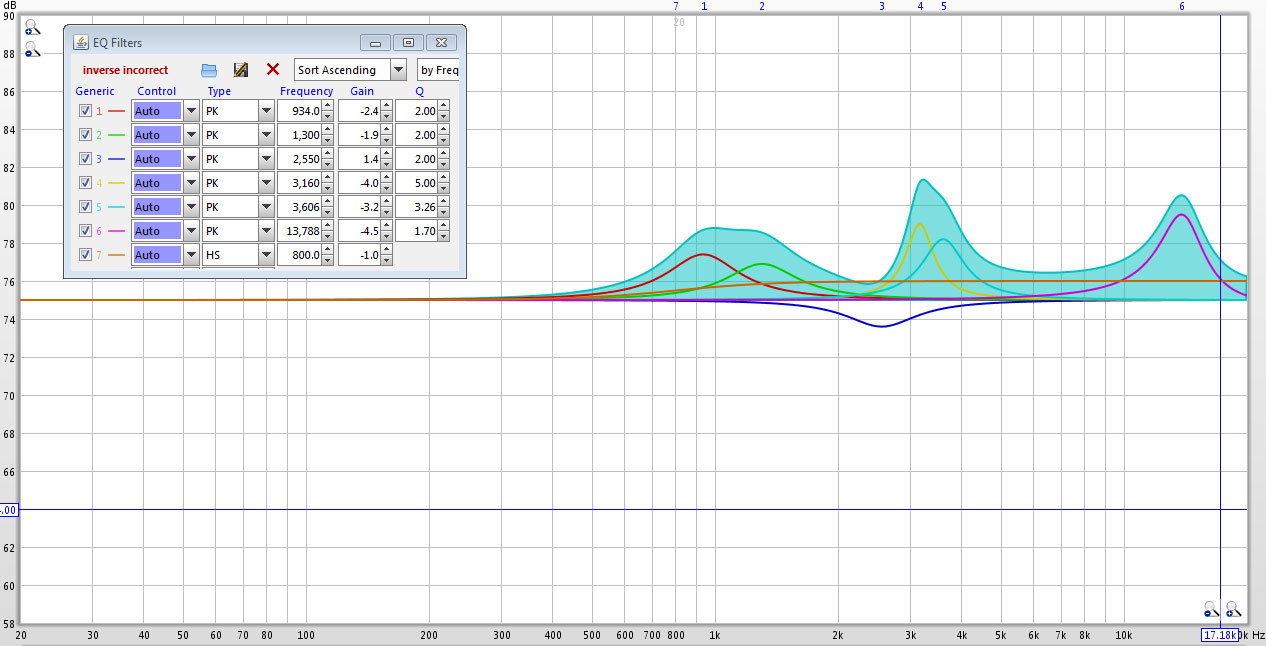
Took a few dozen on and off axis measurements with the RTA and sweeps and averaged them then EQ'ed that response to flat from 800Hz-20k. I came up with 8 simple PEQ filters do the job. The correction only takes about 1.5dB of headroom from the speaker as almost everything here is subtractive.
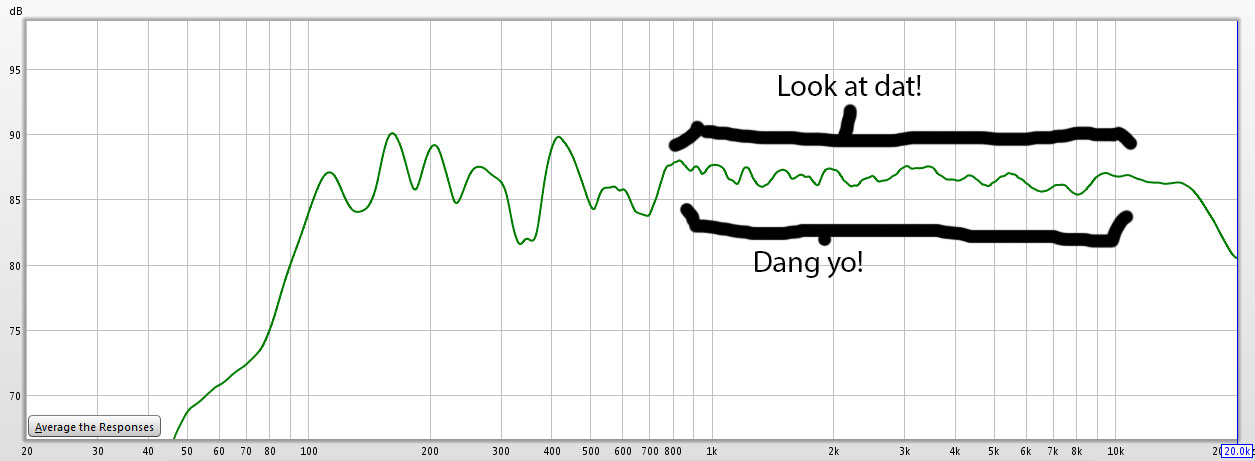
This is the on axis result, looks very pretty, but how does it sound?
Corrected Magic Inversion listening impressions
These sound good and pass audible tests for phase with flying colors. I think these are good speakers now, even with the bass not being there they sound good playing the part of the music they play. The tweeter is a very nice unit once EQed into shape.
Final Thoughts:
Part of the fun of having a $70 pair of speakers is being able to do stupid shit with them. Flipping the phase on the tweeter combined with DSP correction makes these something a little unique. I'm going to put a few hundred hours into listening to them like this and see how I like them. If anything shows up I'll update the review.
Out of the box these have problems, and I would not use them in a nearfield desktop setup. I think they would do alright in a living room or bigger space where you are not right on top of the speaker. One nice thing is these speakers are still stupid loud and can do a party if you bring a subwoofer or two to cover the bottom octaves.
Click here to buy these speakers from Amazon
Click here to download the DSP corrections for these speakers
Check out the system finder to see what I recommend.
Other content you may like:
- Vanatoo Transparent One Review - Software update brings new standard of performance!
- Lone Star Audio Fest 2018 - Staying up late, drinking too much, smoking like chimneys!
- Andrew Jones goes back the be begining, ELAC B5.2 Debut 2.0 Review is up!
- New Scores for all reviewed speakers - Compare and sort for fun!
- Creative Sound Solutions DIY Solution for the high end - CSS Criton 1TD v2 review is up!
- Dayton Makes a Budget Desktop speaker with a crossover - Dayton Audio MK402 review is up!
- Smaller than small, deeper than deep - iLoud Micro Monitor review is up!
- Vanatoo's new speaker, The Transparent Zero review is up!
- SVS Prime Bookshelf Review is now available for your viewing pleasure
- ELAC A-Stock UB5 Listening Impressions are up!
- 30 years in the making, the ancient Bose 901 finally gets measured - The Bose 901 review is up!
- Lock and load, we are hitting the bottom of the barrel with both barrels - The Logitech z313 review is up!
- Bulletproof speakers... No, it's just the B&W 686 S2 Review!
- Declare independence from the British sound! - The KEF Q300 review is up!
- Recommended System Finder - Just in time for the Holidays!
- JBL LSR308 Studio Montor - Super Massive Epic Review!
- Two years after starting this site I finally get around to talking about my stereo.
- Small and cheap speakers transform into retarded and good... Micca COVO-S Review!
- AMT tweeter on a B652? The Dayton B652-AIR is reviewed for great justice!
- JBL LSR305 Studio Monitor Review!
- Zu Essence Review!

